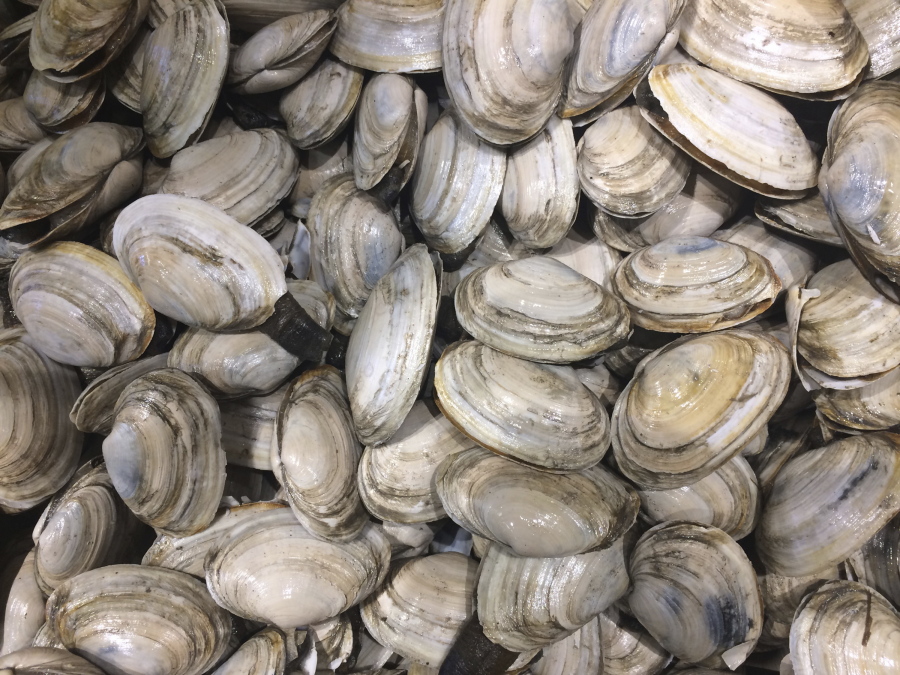SCARBOROUGH, Maine — The soft-shell clams that are harvested by hand and raked from the mud flats of Maine are becoming less plentiful, and the downward trend jeopardizes one of New England’s oldest and most historic coastal industries.
Maine is the soft-shell clam capital of the country. But clammers harvested less than 1.5 million pounds last year, the lowest total in a quarter-century — down from nearly 8 million pounds at the industry’s height in the late 1970s.
The clamming industry was once second only to lobsters in value among Maine fisheries. And clams are steeped in Maine lore, playing a role in Robert McCloskey’s 1953 picture book “One Morning in Maine” and serving as the focal point of the Yarmouth Clam Festival that has welcomed thousands of people to the coast for more than 50 years.
“Last year was one of the lowest totals since the ’50s,” said Chad Coffin, a Freeport clammer who heads the Maine Clammers Association. “There’s still areas of the coast right now where there just isn’t a lot of clams.”
Clams in Maine face of a number of threats, including an uptick in predation from green crabs and milky ribbon worms, and the increasing acidification of the ocean. Shellfish toxins also sometimes necessitate shellfish harvesting closures, as they did in the state’s eastern coast last year and southern coast this year.
Despite all this, Maine soft-shell clam diggers are hopeful for a stronger summer this year. The clammers’ association says it’s hoping for a bounce-back year because many clams seem to be reaching legal size, Coffin said.
But stabilizing the industry for the long term will mean adapting to changing environmental conditions, said Brian Beal, a professor of marine ecology at the University of Maine at Machias. The heightened predation from the crabs and worms has tracked in line with rising coastal water temperatures, which are predicted to keep rising, he said.
Beal said the predators are the biggest threat faced by the clams. One way for fishermen to cope with them is by employing strategies such as putting netting around areas of mud flats where clams grow and planting clam seed in protected areas, he said.




